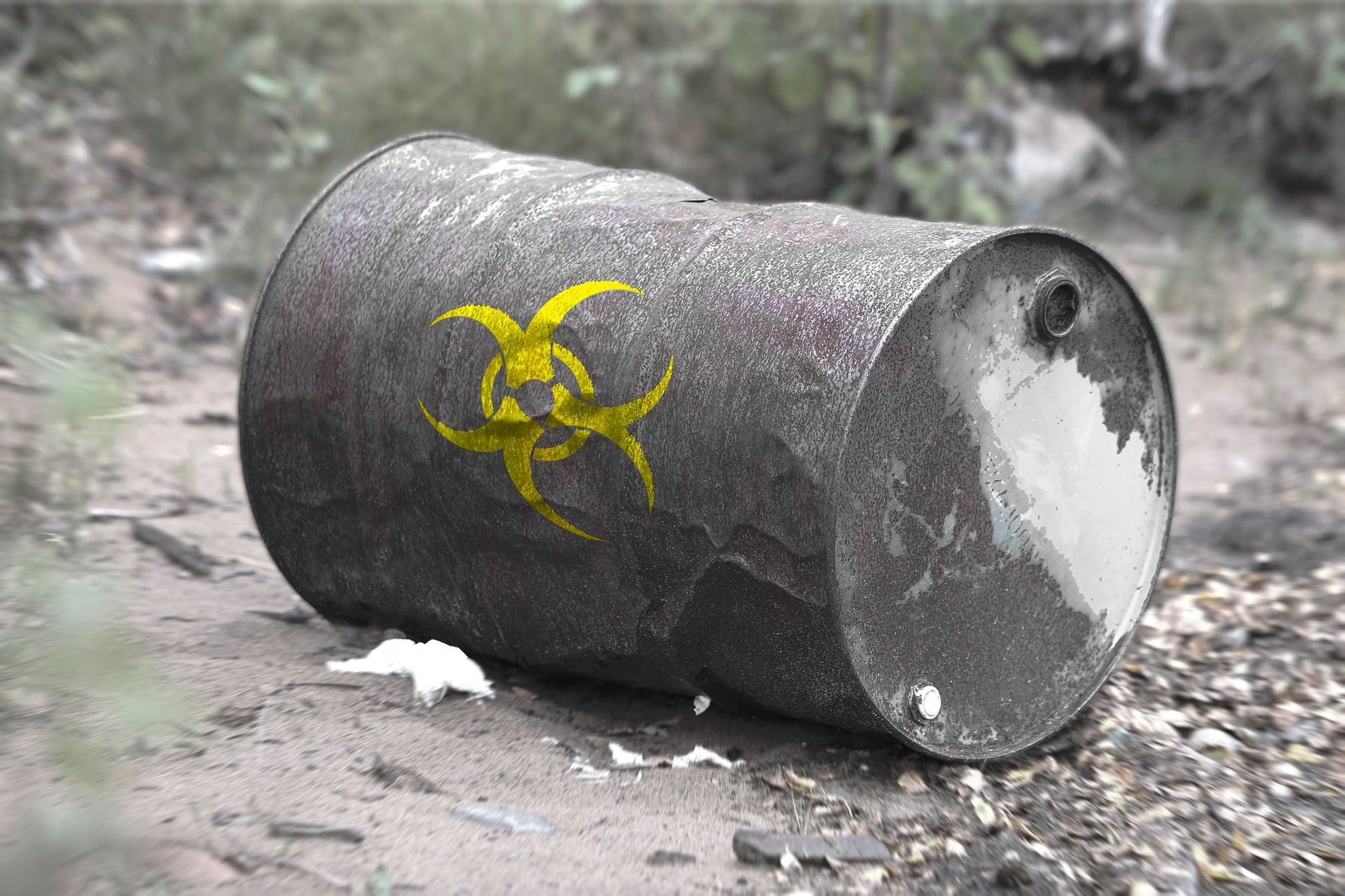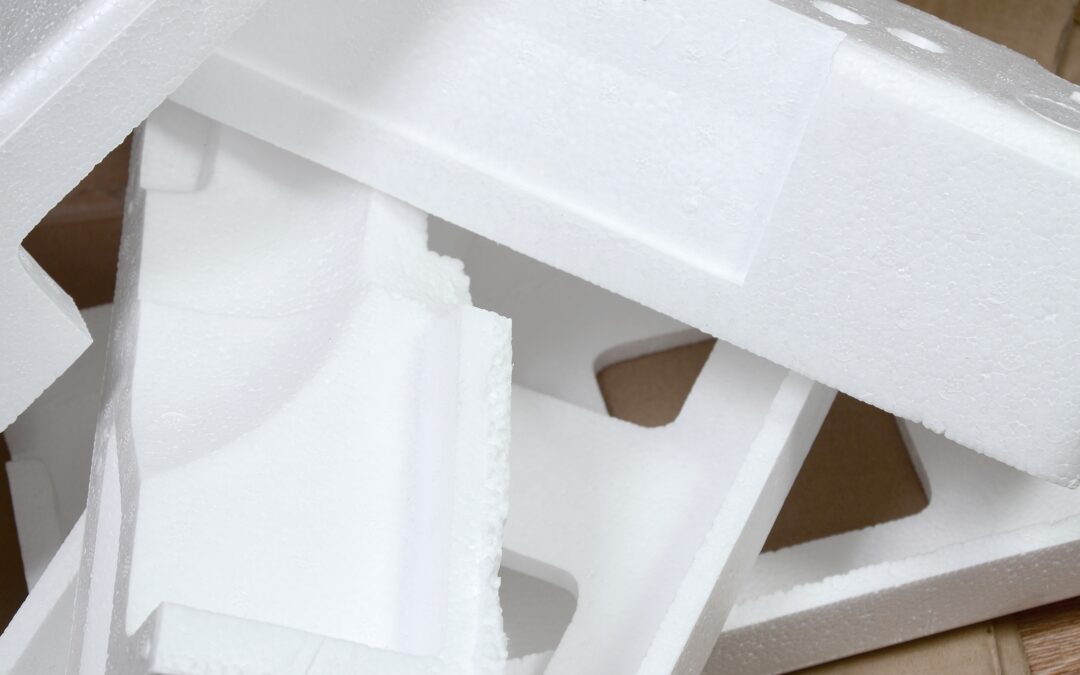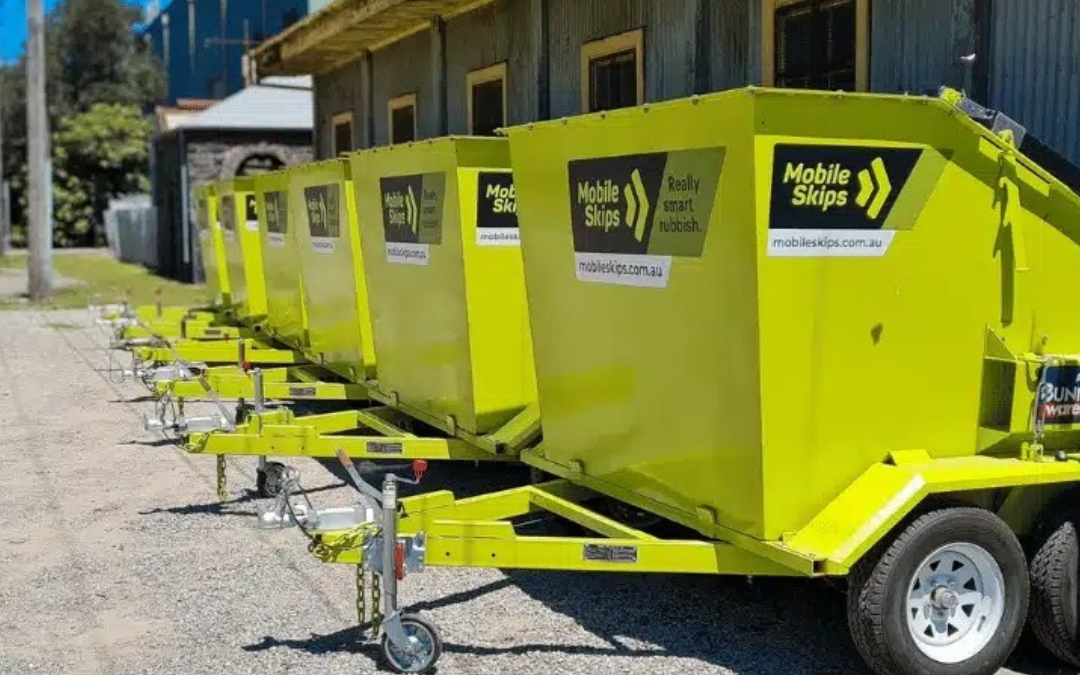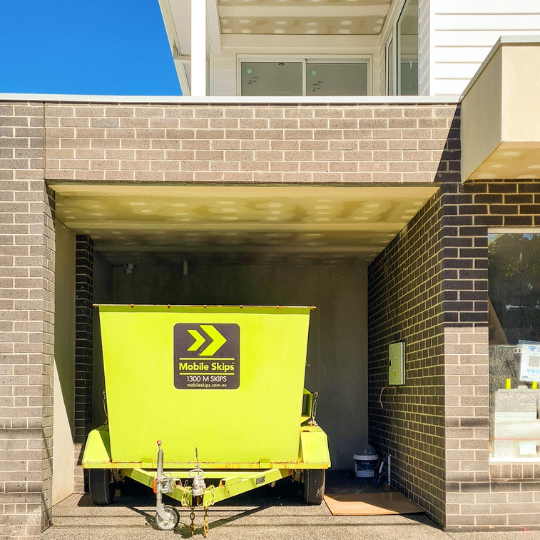Improper disposal of hazardous waste poses a serious threat to the environment as well as human physical health. The Hazardous Waste (Regulation of Exports and Import) Act of 1989 regulated the safe transit, import, and export of hazardous waste.
The purpose of the Act was to ensure proper hazardous waste disposal to protect both humans and the environment from its harmful effects. The waste could be anything from liquid to solid that is reactive, corrosive, flammable, and toxic.
Therefore, it is important for the business, private residential property, or a community to safely store, collect and dispose of the hazardous waste. Failing to ensure safety can lead to a hefty fine by the government. So, we present you with the best practices for hazardous waste disposal in this article.
What is Hazardous Waste?
As the name suggests, hazardous waste includes properties that are dangerous for the environment and humans. According to the government regulations, waste that shows the characteristics such as explosive, poisonous, flammable, toxic, infectious and ecotoxic are hazardous.
Hazardous waste, as per the Basel Convention Annex I belong to the following category:
- Waste containing chemical compounds such as asbestos, lead, mercury, zinc, cadmium, and copper
- Clinical Wastes
- The residue which arises from industrial waste disposal operations
- Water/oil waste, emulsions, and water/hydrocarbon mixture
- Waste from plastic and metals surface treatment
- Waste from adhesives/glues, latex, resins use, formulation and production, and plasticizers
- The residue that arises from the incineration of household waste.
10 Best Practices for Hazardous Waste Disposal
By now, you have an idea under what categories hazardous waste comes. It’s time to discuss the practices to safely dispose of hazardous waste to protect our surroundings.
Proper Labelling of Hazardous Waste
As a hazardous waste generator, your first responsibility is to place hazardous waste in a proper container. As per the law, you need to properly label and mark the container in which you have placed the hazardous waste.
The proper label for hazardous waste includes:
- Note the physical state and composition of waste
- Date when the waste is placed inside the container
- Generator’s address and name
- Statements to alert about the hazardous properties of particular waste such as corrosive, reactive, or flammable
Fill Out Waste Manifests
There are ways in which you can track the hazardous waste streams without any hassles. In fact, an even hazardous waste manifest must supplement the hazardous waste being shipped away from the site.
What is Uniform Hazardous Waste Manifest? It is a type of shipping document that goes along with hazardous waste from the initial generation point to transportation and then to storage, treatment, and disposal.
Each travel point in the shipping chain includes the generator who signs and keeps the manifest copies with them and creates a tracking route of hazardous waste.
Proper Disposal of Hazardous Waste
At any cost, you should avoid disposing of hazardous waste in the sewer system or municipal dumpsters. You need to dispose of the waste by following the proper procedure set by the law.
The companies should understand what the requirements of the hazardous waste generator are. After that, they should follow only the set procedures for reporting and disposal of hazardous waste.
The hazardous waste generator should also comprehend when the law decrees what is known as a cradle-to-grave requirement. That is, the proper disposal of hazardous waste streams is the responsibility of hazardous waste generators.
Managing Expired Hazardous Waste
The universities, colleges, laboratories, and companies must be precautious of the proper disposal of expired chemical compounds. Chemicals become highly volatile after their expiration, so they need to handle with precautions.
Ensure that the expired chemicals are not mixed with reactive agents. Also, you need to check whether they have decomposed and become less stable due to ageing or not. If yes, they can pose a severe threat.
End-of-life disposal practices, inventory management, and proper procurement are some disposal practices that help eliminate or limit the risk of expired chemicals.
Keep the Containers Always Closed
Open containers with hazardous waste are even more dangerous to the environment. If the container is open, the hazardous waste can evaporate. Also, this is one of the most common violations of hazardous waste.
The law clearly states that all containers with hazardous waste must be latched and closed every time except for removing and adding waste.
Developing a Hazardous Waste Contingency Plan
A well-written and well-structured Hazardous Waste Contingency Plan guide the employees to reduce or eliminate the environmental and human health risk by proper disposal. It protects the environment and humans from sudden explosion or release of hazardous waste and fires.
The waste contingency plan lays out a coordinated, planned, and organized response to an emergency. The companies or facilities that are dependent on the status of hazardous waste generators require a contingency plan.
As per the law, you need to develop a contingency plan and then inform the authorities. Failure to do so means it’s a violation of the law of hazardous waste.
Performing Hazardous Waste Determinations
As mentioned above that hazardous waste generators are responsible for classifying the waste, that is generated. Besides, they should know what the rules and regulations of hazardous waste generator status are.
You can follow the steps given below to make a hazardous waste determination:
- Identify whether the substance is a solid waste or not.
- Identify whether solid waste is excluded or exempted from the regulation of hazardous waste or not.
- Identify whether the waste is listed under hazardous waste.
Train Your Employees for Proper Hazardous Waste Disposal
The company should train its employees properly to promote safety standards at your workplace. The contractors use HAZMAT trained personal. The HAZMAT training course is beneficial for those who work around hazardous waste materials. It is useful for clean-up contractors, public health departments, or anyone whose work revolves around hazardous waste.
The HAZMAT law involved personnel who have in-depth knowledge of hazardous waste management and hazardous waste.
Managing Mercury-Containing Waste Carefully
Mercy wastes are discarded mercury-containing products or industrial waste, which contain mercury. Mercury compounds are highly toxic which must be handled carefully and properly. Even a small mistake can result in dire consequences.
Most companies make a massive mistake by extracting mercury from commercial products to reduce the volume and weight of waste streams. They collect and throw the heavier metal and plastic. This changes the waste stream characteristics to elemental mercury from the universal waste stream of commercial products.
The government is following and making strict rules over the improper disposal and storage of mercury products. For improper disposal, you will have to pay a hefty fine.
Performing Routine Inspections
Hazardous waste generators need to perform regular inspections of the storage areas where hazardous waste is stored. A weekly inspection is recommended as you will make sure that you are adhering to the streamlined procedure and laws of the company.
By making it a part of your weekly routine, you can maintain safety and reduce stress. The routine inspections will inform you whether there are any faults in the storage, transportation, and disposal of hazardous waste.
Final Thoughts
The practices for hazardous waste storage disposal are easy to maintain and implement under standard procedures. You have to keep your company in compliance. How? You can do so by following the above mentioned ten strategies where you can effectively reduce the harmful effects of hazardous waste.
Not just that, you can protect the reputation of your company and save from acquiring financial penalties. It’s in your hand to protect the environment, human health, and your company by following the best practices for hazardous waste disposal.






